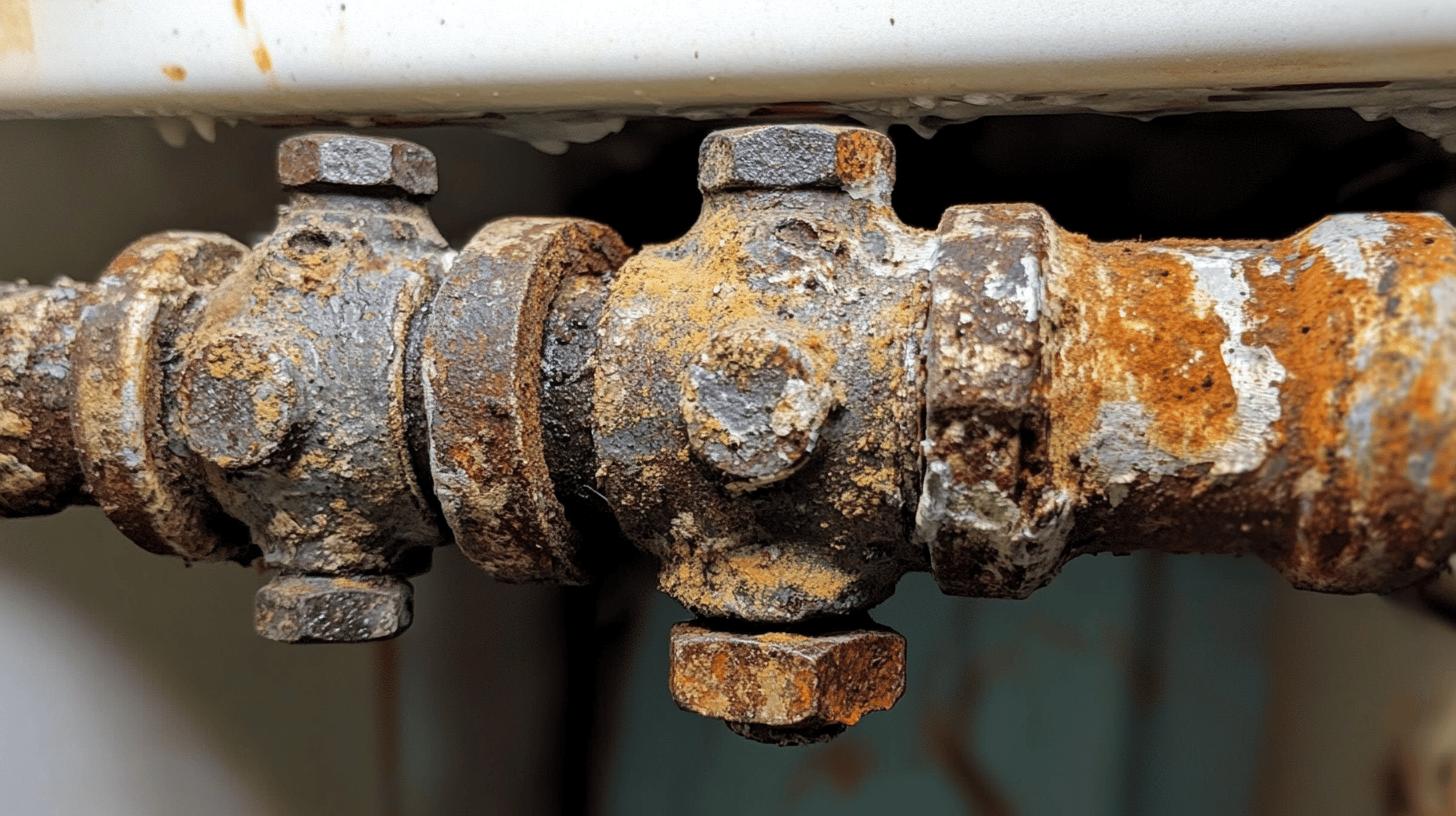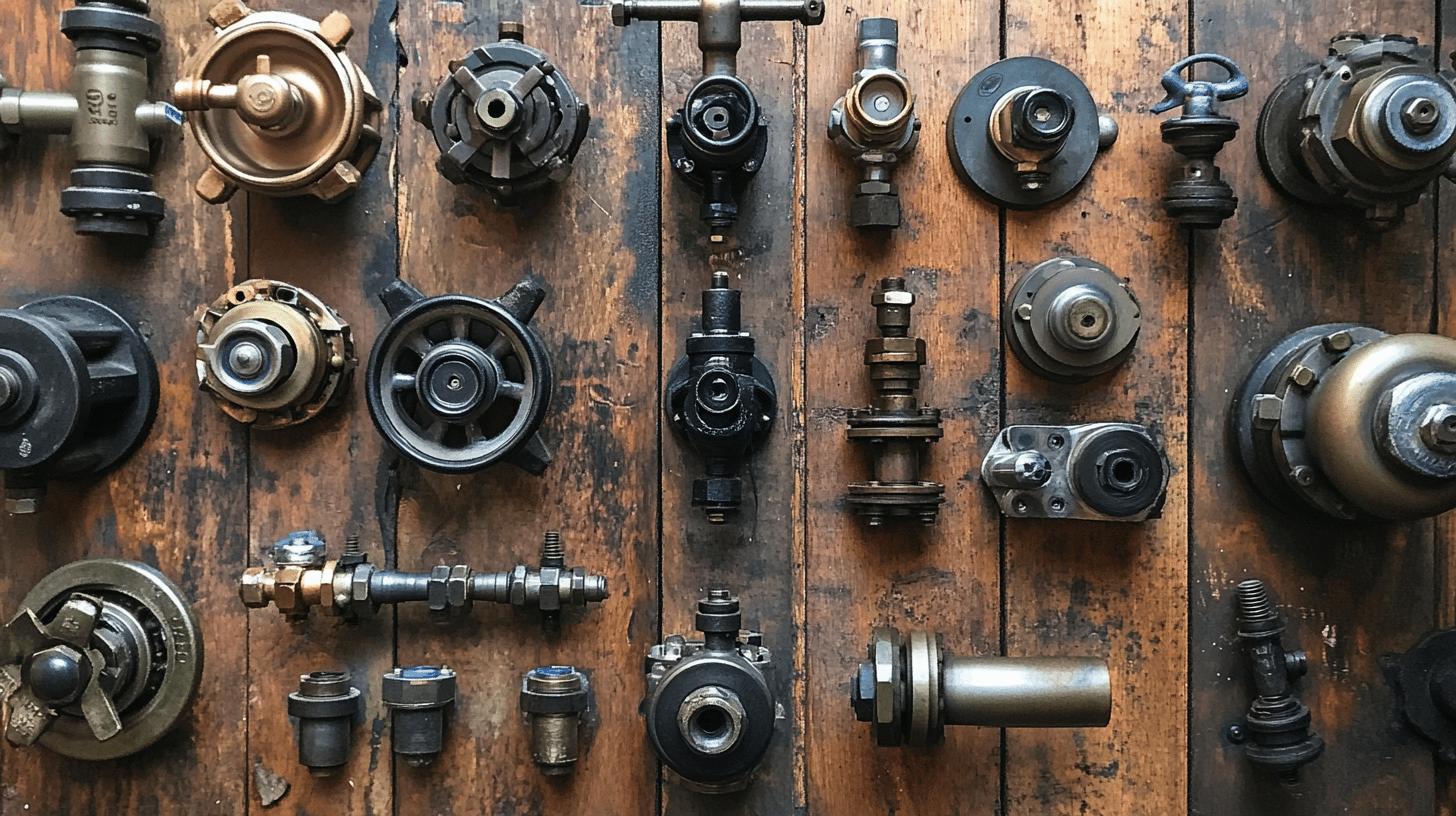TL;DR:
- Turn off sink faucets to stop water flow.
- Clear cabinet under sink for access to plumbing.
- Identify hot water line (usually on the left).
- Locate shut-off valve under the sink, turn it clockwise to shut off hot water.
- Open faucet to drain remaining water.
- Check under sink and main shut-off locations for emergencies.
- Corrosion may cause valves to stick; use penetrating oil to fix.
- Types of shut-off valves: gate, ball, compression.
- Call a plumber for complex issues or persistent leaks for safe repairs.
- Regular inspections by professionals help prevent plumbing issues.
Ever been stuck with a leaky kitchen sink and no clue what to do? Knowing how to quickly shut off the hot water supply can save you from flooding your kitchen and ruining your day. In this guide, you’ll learn easy steps to find and turn off your kitchen sink’s hot water supply. Mastering this skill will help you tackle minor plumbing issues confidently, keeping your home and your peace of mind safe. Let’s jump in and get this plumbing task sorted!
Steps to Turn Off Hot Water Supply to Kitchen Sink
Knowing how to turn off the hot water supply to your kitchen sink can save you from water damage during repairs or emergencies. Follow these simple steps:
-
Turn off the sink faucets.
This stops water flow, preventing pressure build-up while you work on the valves. -
Open the cabinet under the sink and clear out any obstructions.
This gives you clear access to the plumbing without anything blocking your reach. -
Identify the hot water line, typically on the left.
Knowing the difference between hot and cold lines prevents errors.
-
Locate the shut-off valve on the hot water line.
This valve is usually a small lever or knob attached to the hot water line beneath the sink. -
Turn the valve clockwise to shut off the water supply.
A clockwise turn cuts off the hot water, allowing safe repairs. -
Open the faucet to drain any remaining water in the line.
This clears the line and helps avoid spills or leaks.
If you can’t find the shut-off valve under the sink, take a look in the basement or at the main shut-off point for your home. Knowing these locations can be super helpful for future plumbing issues. If it’s tough to get to these spots or if the valve is hard to operate, don’t hesitate to call a professional plumber. They can help keep things safe and prevent any damage.
Troubleshooting Common Issues with Shut-Off Valves

If your shut-off valve won’t turn, it’s usually due to corrosion or mineral buildup that makes it stick. This can prevent you from shutting off the water supply, which might lead to bigger problems if it’s not addressed.
How can you fix a stuck valve? Try these tips:
-
Apply penetrating oil to loosen a stuck valve.
A few drops can help dissolve rust or deposits. -
Use a wrench carefully if the valve is hard to turn.
Apply gentle pressure to avoid damaging the valve or pipes. -
Check for leaks after turning the valve off. This ensures a complete shutdown and highlights any valve issues.
- If the valve is damaged or leaking, contact a professional plumber for assessment.
A professional can replace a faulty valve, ensuring proper installation and functionality.
When should you call a professional? If your valve remains stuck after applying oil or if you notice any leaks, it’s time to get help. Plumbers have the right tools and expertise to safely fix or replace valves, keeping your plumbing system in good shape. Getting professional assistance can prevent more damage and make sure everything meets local plumbing codes.
Safety Tips for Turning Off Water Supply
Safety should be your priority during plumbing tasks. Here’s why it’s crucial and how to stay safe:
-
Ensure the area under the sink is well-lit and dry.
Good visibility and dry conditions lower slip risks. -
Use protective gloves if necessary.
Gloves protect against sharp edges or hot pipes. -
Keep a bucket handy to catch any residual water.
This prevents floors from getting wet and slippery.
-
Inform household members before starting the task.
Let them know so they don’t accidentally turn the water back on or enter your workspace. -
Know the main water shut-off valve location for emergencies.
This knowledge lets you quickly address unexpected problems.
It’s essential to call a professional plumber for tricky plumbing issues, like hard-to-reach valves or persistent leaks. They have the training and tools needed to handle repairs safely and effectively, giving you long-term peace of mind.
Understanding Different Shut-Off Valve Types

Shut-off valves are key for controlling water flow to fixtures like sinks, and knowing the different types can help you choose the right one for your needs. The main types include gate valves, which are best for fully on or off positions; they control water flow with a gate that raises or lowers. Ball valves offer quick shut-off with a quarter-turn and are durable and reliable for frequent use. Compression valves are common in household plumbing; they create a tight seal by compressing a rubber washer against the valve seat. Understanding these types helps you manage your home’s water flow effectively!
Compression valves are commonly used where tight connections are crucial. They utilize a nut and ring to create a secure seal, making them ideal for situations that require frequent assembly and disassembly. This type of valve is often found in household plumbing systems, ensuring a reliable connection that prevents leaks while allowing for easy access when needed.
| Valve Type | Description |
|——————|—————————————————————————|
| Gate Valve | Operates by moving a gate to start or stop water flow. |
| Ball Valve | Features a ball with a hole for quick shut-off using a quarter-turn. |
| Compression Valve| Utilizes a nut and ring for a tight, leak-proof seal. |
When selecting a shut-off valve, think about how easy it is to use and what maintenance it requires. If your plumbing situation is complicated or if you need to follow local regulations, it’s a good idea to talk to a professional plumber for guidance and solutions.
When to Contact a Professional Plumber
Why hire a professional plumber? They bring the essential skills and experience needed for complex plumbing tasks. Their expertise ensures that repairs and installations are done safely and meet local standards, which helps prevent water damage and costly future repairs.
When do you need professional help? If you have stuck or corroded valves, you’ll need special tools and skills that professionals possess. Persistent leaks may indicate deeper issues that require expert diagnosis and repair. Additionally, if your shut-off valve is hard to reach or needs replacing, a plumber can do the job accurately, avoiding further damage.
Why are regular inspections necessary? Having licensed professionals perform regular inspections helps catch problems early, preventing bigger issues down the line. This maintenance prolongs the lifespan of your plumbing system, giving you peace of mind and ensuring a consistent water flow.
Final Words
When it comes to turning off the hot water supply to your kitchen sink, knowing the steps and potential challenges is key. We’ve covered how to identify and operate the kitchen sink shut-off valve, troubleshoot common problems, and highlighted safety precautions to keep in mind. Remember, understanding the different types of valves and knowing when to call in a professional can save you time and prevent major damage. By approaching plumbing tasks with knowledge and caution, you’ll ensure efficient repairs and keep your home running smoothly.
FAQ
How do I turn off the hot water to my sink?
To turn off the hot water to your sink, locate the shut-off valve under the sink, usually on the hot water line at the left. Turn the valve clockwise.
Where is my hot water shut-off valve?
Your hot water shut-off valve is often found under the sink. If it’s not visible, check areas like the basement or near the water heater.
How to turn off the hot water supply to a kitchen sink without a visible valve?
If there’s no visible valve, you may need to find the main shut-off in the basement or near the water heater.
How do I turn off the main hot water supply?
To turn off the main hot water supply, locate the main shut-off valve typically near the water heater or main water line, and turn it clockwise.
How to turn water off under a kitchen or bathroom sink?
Turn off water under a sink by finding the shut-off valves beneath and turning them clockwise.
What to do if the faucet is turned off, but water still runs?
If water still runs after turning off the faucet, check if the shut-off valve is fully closed. If it’s still running, there might be a plumbing issue that needs professional attention.
How to shut off water to a sink without a valve?
Without a specific valve under the sink, locate the main shut-off valve for the house, usually in the basement or near the meter, and turn it off from there.
What are some common issues with shut-off valves?
Common issues include stuck or corroded valves, which can prevent water from shutting off properly.
How can I fix a stuck shut-off valve?
Use penetrating oil to loosen a stuck valve, or gently use a wrench for assistance.
What safety tips should I follow when turning off the water supply?
Ensure your workspace is clear and dry, use protective gloves, and let household members know before you begin. Know the main shut-off for emergencies.
What are the different types of shut-off valves?
Common types include gate valves, ball valves, and compression valves, each with a unique operation mechanism for water control.
When should I contact a professional plumber?
Contact a professional for complex issues like corroded valves, persistent leaks, or when there’s no accessible shut-off valve. Regular inspections by licensed professionals can also prevent future problems.

